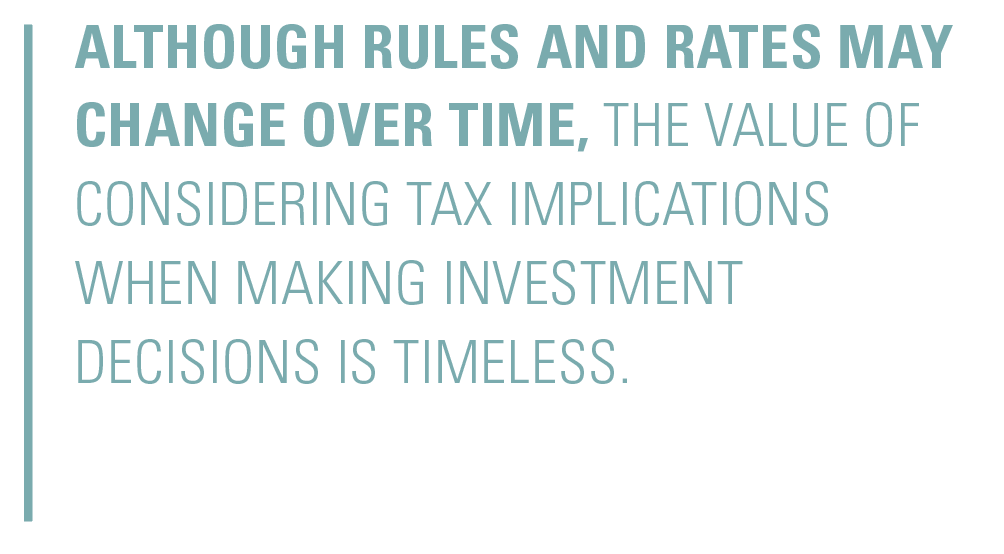Tax Shelters 101

As a new year is upon us, it is a great time to consider which tax-smart investment strategies you will use. Although rules and rates may change over time, the value of considering tax implications when making investment decisions is timeless.
Taxes can reduce investment returns and impact long-term goals, so planning is essential to make the most of your earnings. Tax shelters allow investors to increase the amount of income retained, maximize tax efficiency while decreasing liability, and boost investment returns. Let’s look at some common types of tax shelters recommended by financial advisors that can help grow your wealth.
401(k) Plans
401(k)s are employer-sponsored retirement accounts. Contributions are automatically transferred into your retirement account through payroll withholding (an ideal “forced savings” technique). These pre-tax contributions reduce your taxable income, which means you keep more of your money now.
Some employers offer to match employee contributions. For example, they might kick in 50 cents for each dollar you contribute, up to a certain percentage of your salary. To benefit the most from your 401(k), make the largest contribution possible so you receive your employer’s full match. Both employee contributions and employer matches grow tax-deferred until withdrawn.
IRAs
Individual Retirement Arrangements (commonly known as Individual Retirement Accounts, or IRAs) are excellent ways to save for the future. There are two main types of IRAs.
Traditional IRAs fill the gap if you do not have access to a 401(k). Tax deductibility is based on income, and contribution amounts are capped each year—$6,000 for those under 50 and $7,000 for older individuals in 2021. 401(k) balances left with a previous employer may also be rolled into a traditional IRA (benefit: continued tax deferral). Funds can be withdrawn without penalty as early as age 59½. (Individuals over 72 are required to take annual distributions.) A few other things to know about traditional IRAs are:
- You control where money is invested and who manages it.
- Some early withdrawal provisions are allowed, like funds for higher education or first-time home purchases.
- Tax-deferred growth allows you to potentially accumulate more money over time.
If you expect to be in a higher tax bracket in the future and you meet income qualifications, Roth IRAs are a good choice. Though they are funded with after-tax dollars, your investment will benefit from years of tax-free, compounded growth. Roth IRA withdrawals are also tax-free. Things to know:
- Yearly contributions are capped—$6,000 max in 2021; $7,000 if over age 50—and can be limited based on adjusted gross income.
- Unlike traditional IRAs, there is no minimum age requirement for distributions. After a five-year holding period, all distributions are tax-free.
- Beneficiaries can receive inherited Roth IRAs tax-free. (Most non-spouse beneficiaries must withdraw all of the money within 10 years.)
Other Options
Want more tax-favored savings choices? Here are a few:
- Health savings accounts (HSAs)
- Simplified employee pension plan IRAs (SEPs)
- 529 Plans or Education IRAs
Not all investments have the same tax impact. Ask your financial advisor for guidance about personalized tax-savings strategies—the benefits from a good plan can be quite substantial. PM
Sherry Hawkins, MBA, ChFC, CFP is a wealth advisor and trust officer in the Wealth Management division at Heartland Bank. For more information, visit hbtbank.com.
